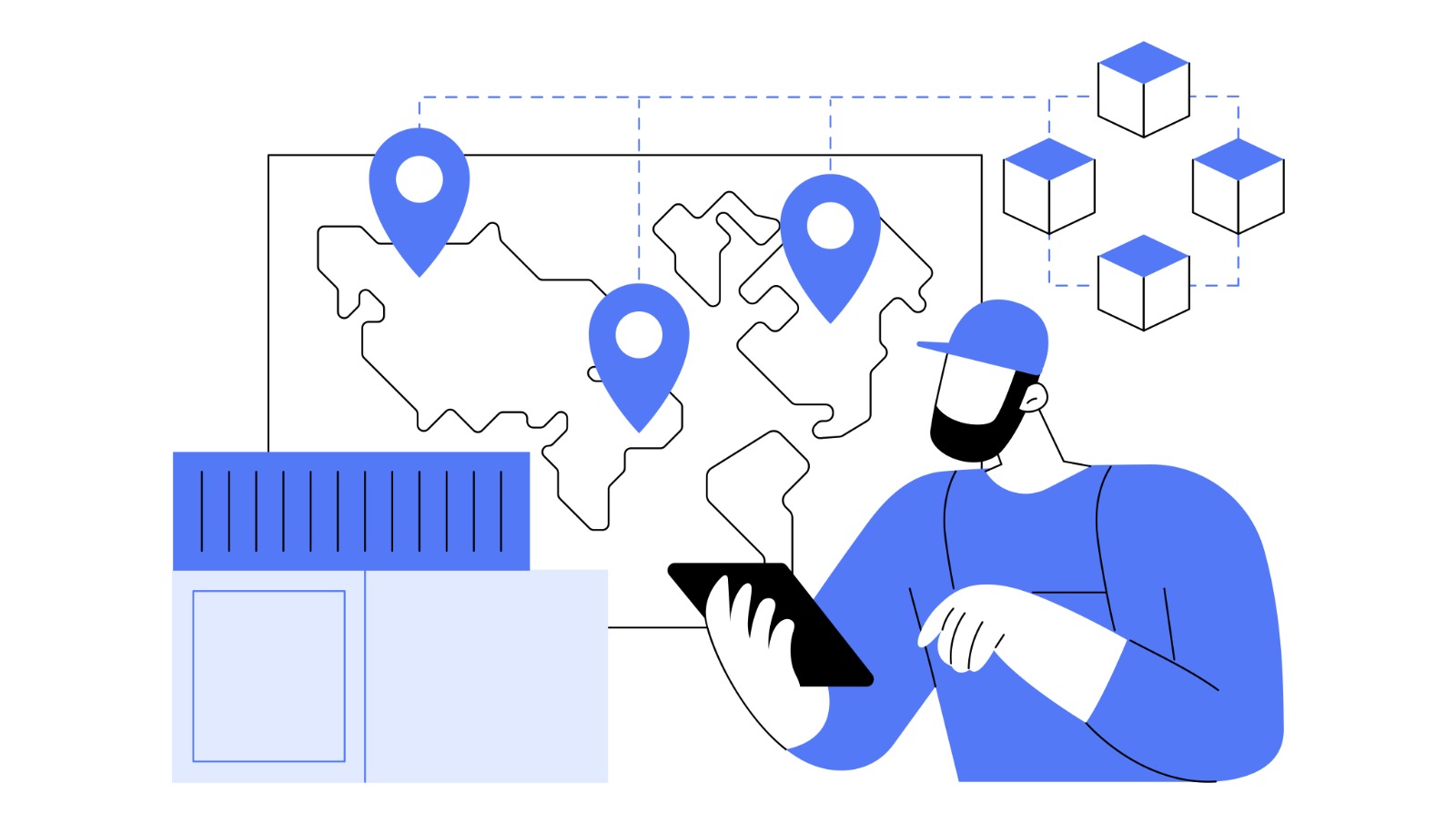Container tracking plays a vital role in logistics by providing accurate, up-to-date information and location status of containers throughout their journey. By using the real-time container tracking feature in Bridge LCS logistics management software, businesses gain valuable insights and benefits that go beyond tracking.
The main advantage of freight management software is its ability to navigate and obtain specific details for individual containers easily, providing a comprehensive overview of all containers in transit simultaneously. This level of detail empowers organizations to make informed decisions and take necessary actions promptly.
Bridge LCS provides real-time tracking and management of shipping containers throughout the logistics chain. It enables businesses to monitor container movements and access critical information like departure and arrival times. By offering detailed insights, Bridge LCS optimizes logistics operations, improves customer service, and enhances overall efficiency in international trade.
How to Track a Container
Tracking a container has become simple and fast, thanks to modern technology. All you need is the information that identifies a specific container.
Operation → Job → Container Tracking
For sea freight, tracking uses the container number, bill of lading, or booking numbers.
Let’s take a closer look at how shipping containers are tracked using these identifiers:
Container Number (CT)
Using the container number, the shipper, carrier, and other parties in the supply chain can track the current location of the container, obtain the estimated date and time of arrival and departure from the port, and more.
Bill of Lading (BL)
A bill of lading is a document created to confirm the rights to keep all its details. It also serves as legal confirmation of the transportation agreement between the carrier, shipper, and consignee. The bill of lading data is marked with an identification number, which can be used to track the container. Multiple containers can be tracked separately under the same bill of lading number.
Features Your Container Tracking
Quality Tracking Data
High-quality, accurate tracking data is essential for effective container management. With precise tracking information, you can always know the exact location and status of your containers throughout their journey. This accuracy helps in minimizing delays, optimize routes, and ensure timely deliveries.
Carrier Connectivity
Maintaining robust carrier connectivity is crucial for logistics operations. By staying connected with a variety of carriers, Bridge LCS logistics management software ensures a continuous flow of information across different transportation modes. This connectivity allows real-time tracking, better coordination, and smoother shipping and road transport transitions.
Port Terminal Visibility
Having visibility into port operations and terminal activities is essential for efficient logistics management. With Bridge LCS logistics management software, you gain valuable insights into the status and activities at port terminals.
We would like to thank Sea Rates for providing this valuable tracking service. Your support in making container tracking simple and efficient greatly appreciated.
Conclusion
In conclusion, container tracking software offers unmatched visibility and control over container movements, making it a crucial tool in contemporary logistics. Businesses may guarantee effective operations, optimize routes, and improve supply chain management by utilizing real-time tracking. With precise data and seamless communication, Bridge LCS gives you the option to track your containers’ voyage from the point of departure to the end of arrival.
Thank you for reading and following our updates. If you’d like to learn more about our logistics software please reach us.
For more information mail us at info@lcsbridge.com.Follow us on Twitter, LinkedIn, Instagram, and Facebook
Bridge LCS Video Tutorial

